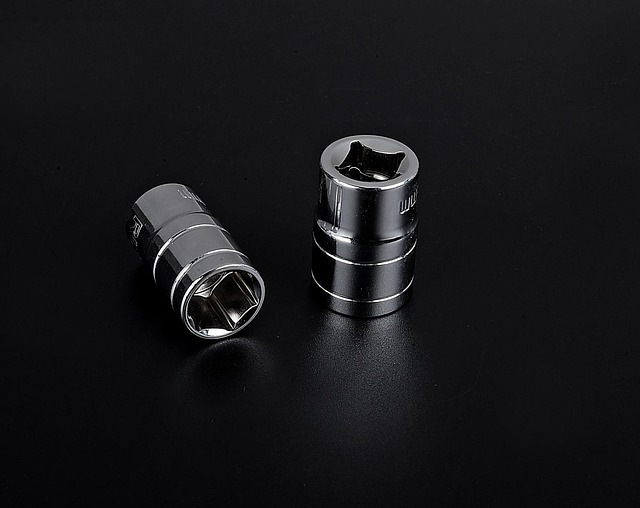In real estate, understanding Private Mortgage Insurance (PMI) is crucial. PMI protects lenders for down payments below 20% and can be canceled when the loan-to-value ratio falls below 80%, usually after equity buildup or increased property value, subject to lender criteria including appraisals. Homeowners can save on PMI costs by increasing their down payment, refinancing, maintaining excellent credit, monitoring finances, and taking advantage of favorable market conditions.
In the competitive real estate market, understanding private mortgage insurance (PMI) is key. This essential coverage, required by lenders for borrowers with low down payments, can add significant costs to homeownership. However, there’s a way out. This article guides you through PMI requirements, outlines criteria for removing it, and shares strategies to avoid or reduce PMI expenses. By following these tips, real estate buyers can navigate the process efficiently, saving money and achieving financial freedom faster.
Understanding Private Mortgage Insurance (PMI) Requirements

In the realm of real estate, understanding Private Mortgage Insurance (PMI) requirements is paramount for both buyers and lenders. PMI is an additional insurance policy taken out by borrowers to protect lenders in case of foreclosure. It’s typically required when a buyer makes a down payment of less than 20% on a residential property. This insurance shields lenders from potential losses if the borrower defaults on their mortgage payments, covering the remaining balance on the loan.
For real estate transactions, knowing these PMI guidelines is crucial. Borrowers should be aware that once their loan-to-value ratio falls below 80%, typically achieved through substantial equity or a significant increase in property value, they may have the option to cancel their PMI. This process involves meeting specific criteria set by the lender and often requires an appraisal to verify the property’s value. Understanding these requirements can help buyers navigate the real estate market with greater confidence and potentially save on insurance costs over time.
Criteria for Removing PMI: When and How to Do It

In the realm of real estate, understanding when and how to remove Private Mortgage Insurance (PMI) is a crucial step for homeowners. The criteria for eliminating PMI involve several key factors that contribute to a borrower’s financial stability and property ownership experience. Typically, lenders require PMI when a buyer puts down less than 20% on a home purchase, as it mitigates the risk of default. However, once the principal balance of the mortgage reaches 78% of the original value, homeowners may qualify for PMI removal.
This process is often initiated by the borrower, who should first verify their loan-to-value ratio and ensure consistent on-time payments. Upon meeting these criteria, lenders typically require an appraisal to confirm the current market value of the property. Once approved, homeowners can expect to save on their monthly mortgage costs, as PMI premiums are separate from principal and interest payments. This move signifies a significant milestone in homeownership, allowing for greater financial freedom within the real estate sector.
Strategies to Avoid or Reduce PMI Costs in Real Estate

Many homeowners seek ways to avoid or reduce Private Mortgage Insurance (PMI) costs, especially once their loan-to-value ratio improves. In the competitive real estate market, cutting PMI can save significant funds over time. One strategy is to increase your down payment if possible; typically, when you pay at least 20% of the purchase price, you’re no longer required to carry PMI. Refinancing options, such as a cash-out refinance or a rate and term refinance, can also help eliminate PMI if done strategically.
Additionally, maintaining a strong credit score is pivotal; lenders often charge lower rates for borrowers with excellent credit. Regularly reviewing your mortgage payments and overall financial health allows you to make informed decisions. Some borrowers consider selling or refinancing their property when market conditions are favorable to increase their equity, thereby reducing the need for PMI altogether.






